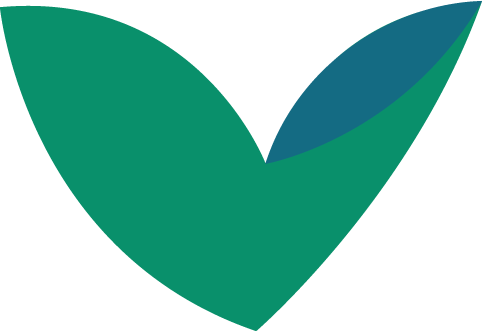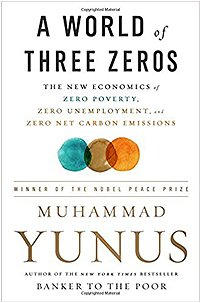Professor Yunus leaves for Jeddah to Launch New Saudi University
Yunus Centre Press Release
Nobel Laureate Professor Muhammad Yunus has been invited by the King Abdullah Bin Abdulaziz University of Science and Technology to launch the very first academic year of King Abdullah University of Science and Technology (KAUST). The event will take place at the KAUST campus in Thuwal on the Red Sea coast on September 4, 2009. Professor Yunus is leaving tomorrow (Friday) for Jeddah.
Â
King Abdullah Bin Abdulaziz laid the cornerstone for the King Abdullah University of Science and Technology (KAUST) in the village of Thuwal, north of Jeddah on the Red Sea coast in October 2007 and the university is ready as planned within 2 years.
Â
The KAUST project was a monumental undertaking with a budget of approximately US $2.67 billion. The area allocated to the university is over 36 million square meters, including coral-reef ecosystem that will be preserved by the university as a marine sanctuary. What truly marks the immense scale of this project is the ‘philosophy’ on which it is established and the opportunities it will offer the world of higher education in the kingdom. A university such as KAUST aspires to ‘launch’ scientific research to a new and unprecedented trajectory in a country that represents the heart of the global economy by virtue of its oil wealth.
Â
Spread on an area of 700,000 sq. meters, the campus includes buildings for engineering and science faculty, as well as that for applied mathematics. It also has a library and a lecture hall for 1000 people. The campus also has King Abdullah Grand Mosque that can accommodate 1,500 worshippers and four other mosques. There are 3,500 housing units. In addition, there are four giant buildings allocated for specialist research centers.
Â
The event at which Professor Yunus will be the chief guest will mark the start of studies at university which will begin on September 5, 2009 this year with 400 students and 75 to 80 faculty members. The university will start with 10 scientific specializations and 10 research centers.


